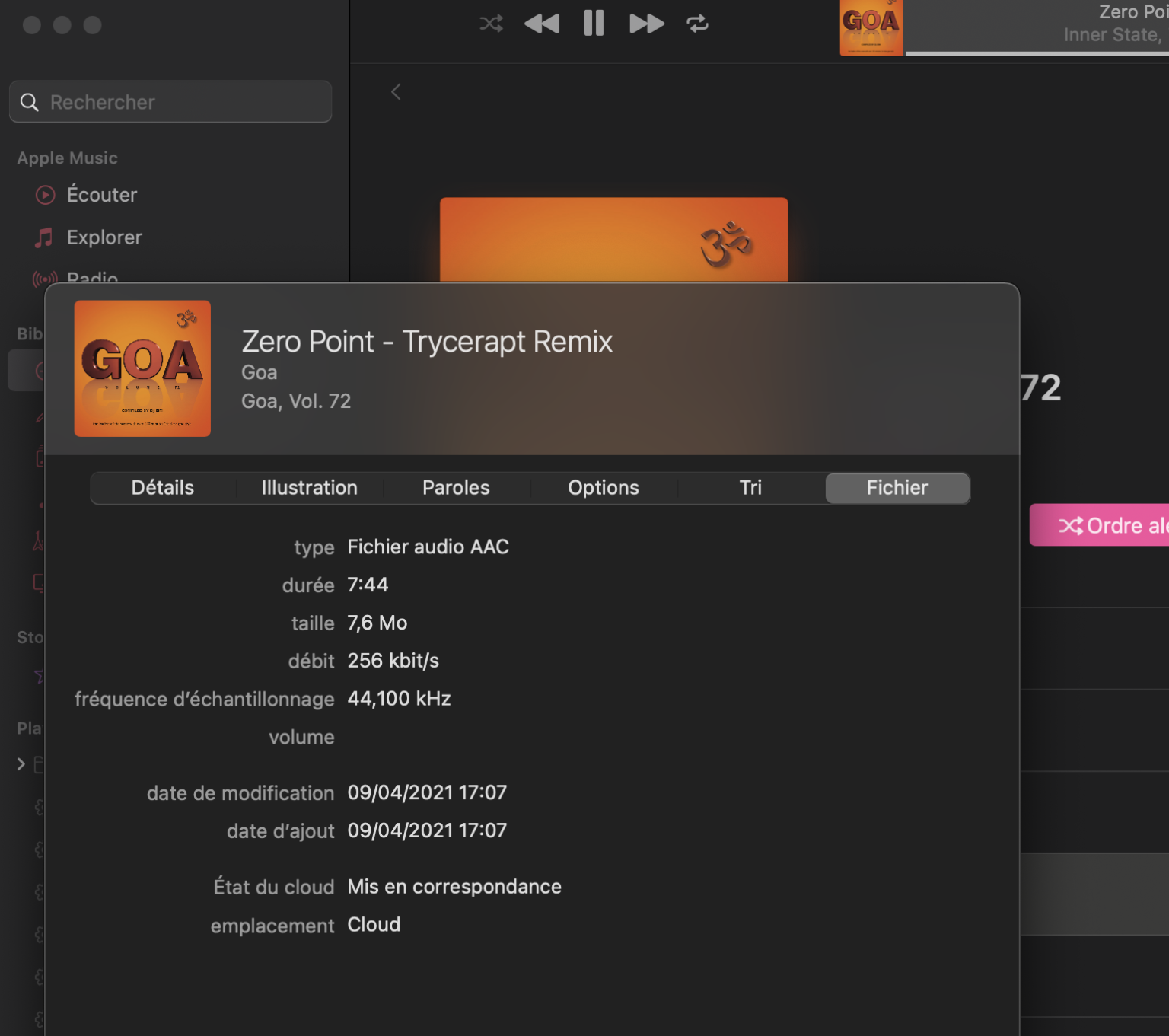

The list of available archived data can be retrieved using the Image Library catalogue.The latest Battlefield briefing explores the Hazard Zone, a new mode where you and your squad must scavenge for resources as enemies and a storm closes in on your position. Band Combination Data Processing Level Resolutions Panchromatic and 4-bands Standard (2A) / View Ready Standard (OR2A) 15 cm HD, 30 cm HD, 30 cm, 40 cm, 50/60 cm View Ready Stereo 30 cm, 40 cm, 50/60 cm Map-Ready (Ortho) 1:12,000 Orthorectified 15 cm HD, 30 cm HD, 30 cm, 40 cm, 50/60 cm The options for 4-Bands are the following: 4-Band Multispectral (BLUE, GREEN, RED, NIR1) 4-Band Pan-sharpened (BLUE, GREEN, RED, NIR1) 4-Band Bundle (PAN, BLUE, GREEN, RED, NIR1) 3-Bands Natural Colour (pan-sharpened BLUE, GREEN, RED) 3-Band Colored Infrared (pan-sharpened GREEN, RED, NIR1) Native 30 cm and 50/60 cm resolution products are processed with MAXAR HD Technology to generate respectively the 15 cm HD and 30 cm HD products the initial special resolution (GSD) is unchanged but the HD technique increases the number of pixels and improves the visual clarity achieving aesthetically refined imagery with precise edges and well-reconstructed details.
#Everspace 2 resource scanner archive
In particular, GeoEye-1 offers archive and tasking panchromatic products up to 0.41 m GSD resolution and Multispectral products up to 1.65 m GSD resolution. All details about the data provision, data access conditions and quota assignment procedure are described into the Terms of Applicability available in Resources section. GeoEye-1 high resolution optical products are available as part of the Maxar Standard Satellite Imagery products from the QuickBird, WorldView-1/-2/-3/-4 and GeoEye-1 satellites. Weight: approximately 953 kg Overall height: 3 m Diameter: 1.5 m Solar array paddles extend out to a total of 4 m Three-axis stabilised using four wheels to +/-0.7° attitude control Twin solar array paddles (single-axis articulation) S-Band and Very High Frequency (VHF) communications Hydrazine propulsion system with three thrusters Landsat Resources Learn more about the Landsat-1 to Landsat-3 missions: Landsat-1 to Landsat-3 on eoPortal Landsat-1 on the USGS website Landsat-2 on the USGS website Landsat-3 on the USGS website Landsat-1 on the NASA website Landsat-2 on the NASA website Landsat-3 on the NASA website Design The design of Landsat-1, 2, and 3 were modified Nimbus meteorological satellites. Subsequently, three 'families' of Landsat satellites have been distinguished based on sensor and platform characteristics. As technological capabilities improved, instruments on board consecutive missions changed.
#Everspace 2 resource scanner series
Landsat's Global Survey Mission is to establish and execute a data acquisition strategy that ensures repetitive acquisition of observations over the Earth's land mass, coastal boundaries, and coral reefs and consists of a series of eight satellites, the first seven of which are presented herein. Since then, Landsat satellites have provided EO data to support work in agriculture, geology, forestry, education, mapping, emergency response and disaster relief, as well as providing a long-term record of natural and human-induced changes to the Earth.

At the time, satellites had mostly been used to provide weather forecasting services, and Landsat-1 was based on the Nimbus 7 meteorological satellite platform. Mission Background When Landsat-1 was launched in 1972, it was the first Earth observation (EO) satellite ever made to monitor the Earth's land.

Mission - Heritage Missions, Third Party Missions


 0 kommentar(er)
0 kommentar(er)
